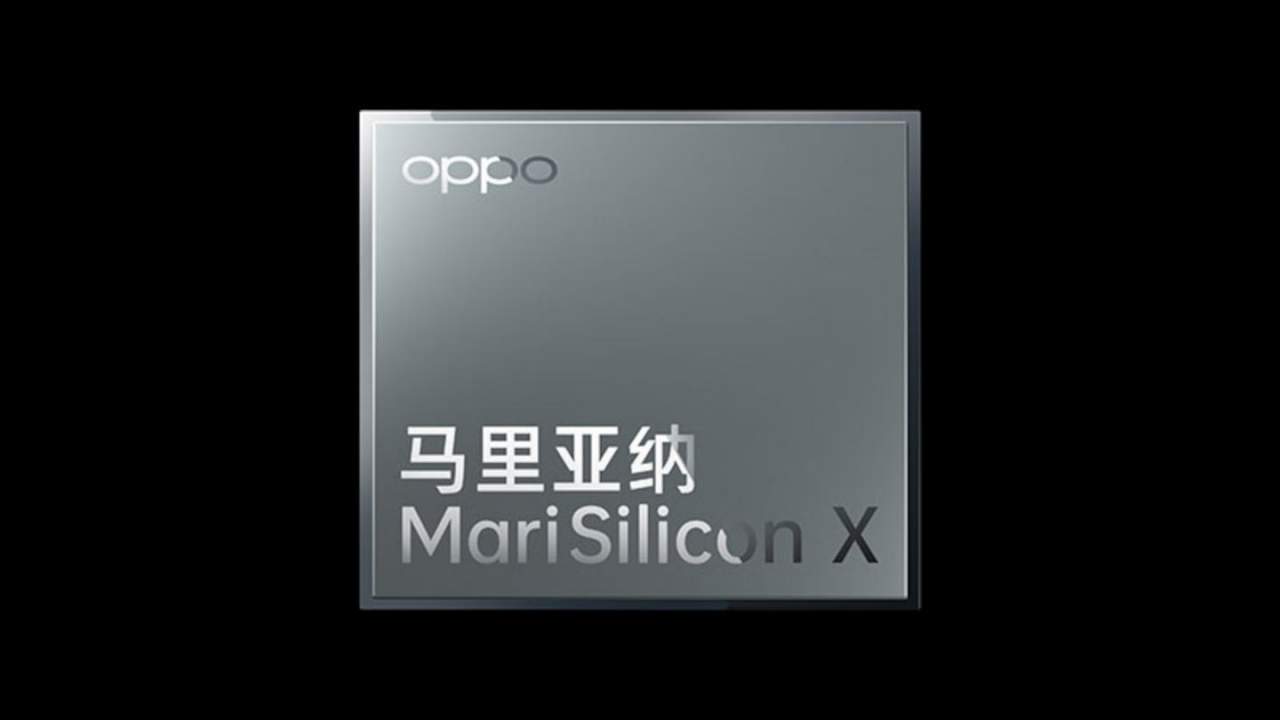
With foldables slowly becoming more “normal,” smartphone makers are jumping on the next fad in mobile: making their own in-house processors, just like Apple’s A and M series and Google’s new Tensor chipset. A few months back, Vivo debuted its own V1 image processor in the Vivo X70 series, and now distant relative and rival OPPO is following suit. In this case, however, OPPO has the ambitious goal of surpassing Google when it comes to computation photography and AI-powered image processing.
Cameras have become a critical part of smartphones, but not just because of their hardware. While the image sensor and lenses work together to produce quality photos, that’s only half of the story. Camera hardware is limited by the laws of physics and product design, but software is virtually limitless, hampered only by the silicon upon which it runs.
Google has proven since the early days of its Pixel smartphone line that the right software can do seemingly magical things with average camera hardware. In fact, it was just with the latest Pixel 6 that Google finally decided to give its camera modules a long-overdue upgrade, and it was able to do so confidently because it introduced a new Tensor processor for these phones.
Custom-made processors are nothing new, but they have become more trendy, especially with the high-profile success of the Apple Silicon M series for laptops. The ongoing supply shortage isn’t discouraging phone makers from taking the risk, even if on a slightly smaller scale than a full-blown application processor. OPPO isn’t one to be left behind and its new self-designed processor seems to bring something new on the table.
The company’s new processor is technically labeled a Neural Processing Unit (NPU), and its primary purpose is to provide the muscle for artificial intelligence and machine learning operations. As far as that processing power is concerned, OPPO says that the 6nm MariSilicon X is capable of 18 trillion operations per second (TOPS) with a power draw of 11.6 TOPS per watt. OPPO will use its new processor for more than just general-purpose AI features, mind, revealing that its hardware will also be used to improve mobile photography.
In fact, it’s mobile photography that gives the MariSilicon X a slightly different design compared to run-of-the-mill NPUs. For example, it has its own image processing unit (ISP) and dedicated DDR memory with an ultra-fast bandwidth of 8.5 GB/s. All of these are designed to enable high-speed processing of large amounts of data, particularly coming from a phone’s camera.
On paper, OPPO boasts the MariSilicon X is capable of real-time 4K 20-bit HDR processing of RAW data, attesting to its number-crunching capabilities. This could augment a phone’s Night Vision performance even with 4K resolution, as well as noise reduction capabilities. The phone maker also mentions that the NPU goes perfectly with the RGBW imaging sensor that it announced back in August, though a phone with that hardware still hasn’t popped up. That might change in the first quarter of 2022 when the next Find X flagship — most likely the OPPO Find X4 — arrives with both the RGBW sensor and, of course, the new MariSilicon X NPU.






Average Rating